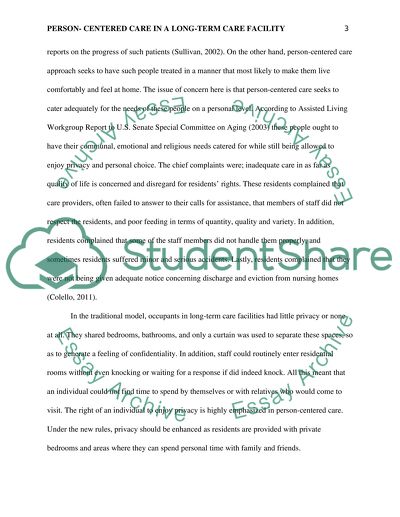Cite this document
(“Person - centered care in a long-term care facility Assignment”, n.d.)
Retrieved from https://studentshare.org/psychology/1395046-person-centered-verus-medical-centered-ltc
Retrieved from https://studentshare.org/psychology/1395046-person-centered-verus-medical-centered-ltc
(Person - Centered Care in a Long-Term Care Facility Assignment)
https://studentshare.org/psychology/1395046-person-centered-verus-medical-centered-ltc.
https://studentshare.org/psychology/1395046-person-centered-verus-medical-centered-ltc.
“Person - Centered Care in a Long-Term Care Facility Assignment”, n.d. https://studentshare.org/psychology/1395046-person-centered-verus-medical-centered-ltc.


